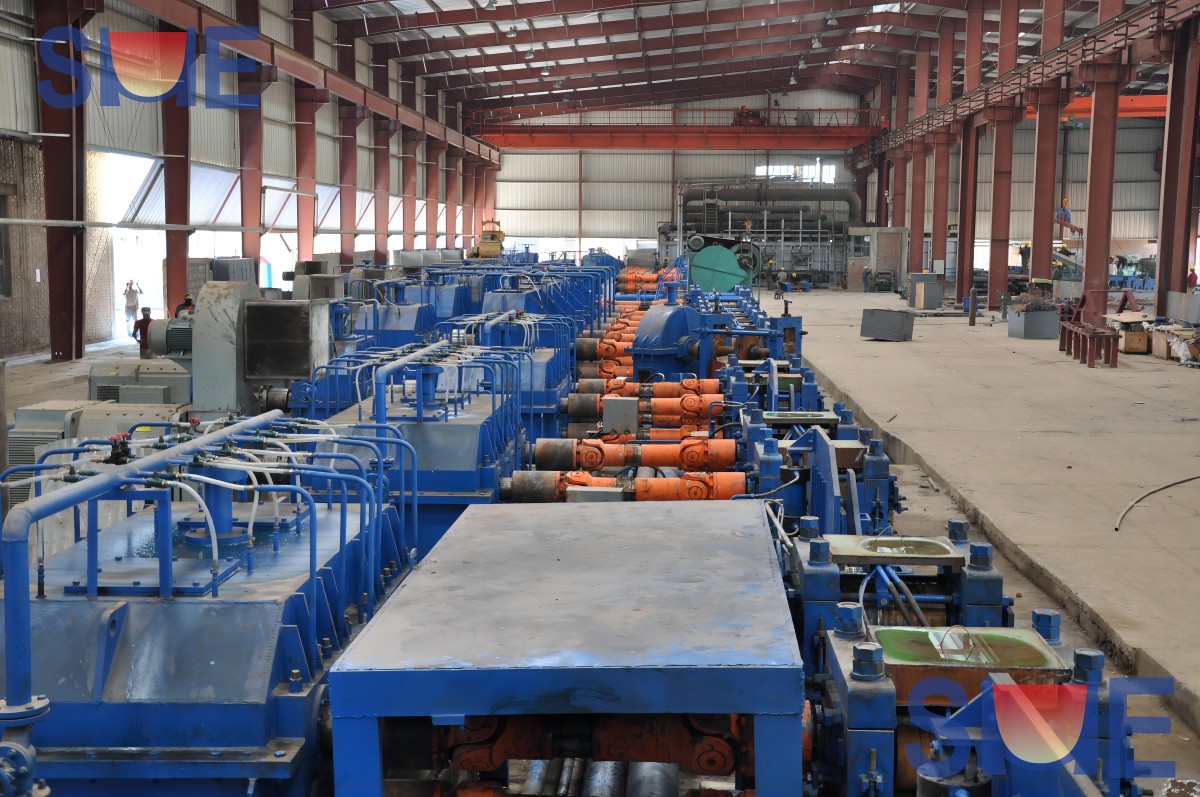Hot rolled sections are characterized by large production scale, high efficiency, low energy consumption and low cost. Rolling sections uaually applies the following methods:
The 2-hi or 3-hi mill produces steel section, its pass pattern is made of the groove of the two rollers, can produce simple, shaped and longitudinal rolling cycle section section steel.
Pass pattern is made of more than three rollers groove, thus reducing the adverse effects of closed-mouth groove, roll diameter difference is also reduced, can be rolled out of the flange inside and outside the parallel section, the flange height of rolled part can be increased.
It is the first half of the billet rolled into a flat belt type close to the shape of the finished section, then bent into shape in the subsequent pass pattern while hot, so that in the general rolling mill or horizontal - vertical mill to produce, and can roll bent section steel which the general method can not produce.
In order to improve the mill's production capacity, asymmetric section product which is hard to roll is firstly designed to symmetrical section, or small section products designed into a parallel type of large section products, and then to be ripped open longitudinal through rolling mill or cold disc shear.
This method can produce high-precision profiles, precision up to 3 ~ 4, surface finish up to 5 ~ 7, which can be used directly for a variety of mechanical parts. This method is first hot-rolled forming and reserves with allowance for cold processing, then the product is formed through acid-cleaned, alkaline washed, rinsing, lubricated and cold-drawn (rolled), the production of small quantities and varieties can adopt this way.
The raw material is hot-rolled and cold-rolled sheet and strip to pass through a certain groove shape and rotary rolls, so that the sheet and strip steel to withstand lateral bending deformation and obtain the desired cross-sectional shape of steel.
